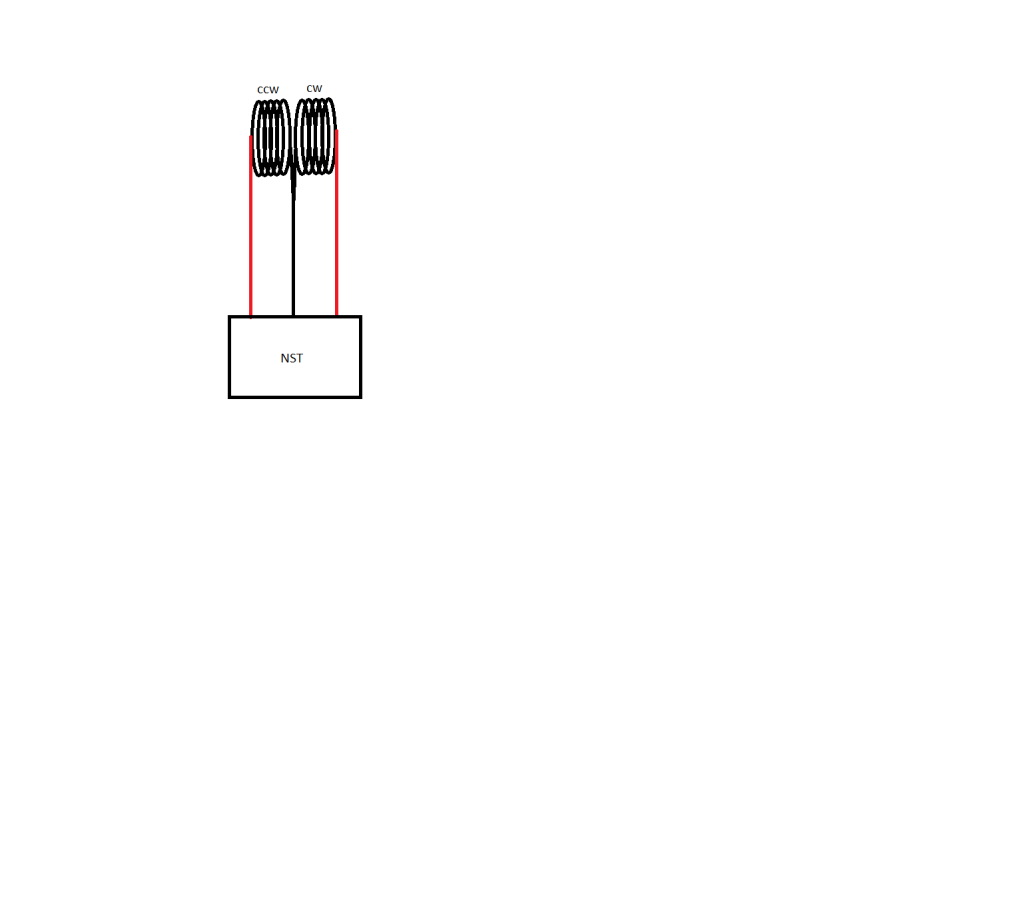:-)
Ahhh... Thanks. I kept asking about grounding before, but nobody really spoke up. I'll be sure to continue doing stupid stuff. ;-)
Many thanks Tektron.
Originally posted by TEKTRON
View Post
Many thanks Tektron.





 Working device and selfruning Device, maybee have diferent meanings
Working device and selfruning Device, maybee have diferent meanings 



 Especially the cap in series and parallel. You are so far advanced! Some additional hints available?
Especially the cap in series and parallel. You are so far advanced! Some additional hints available?
Comment